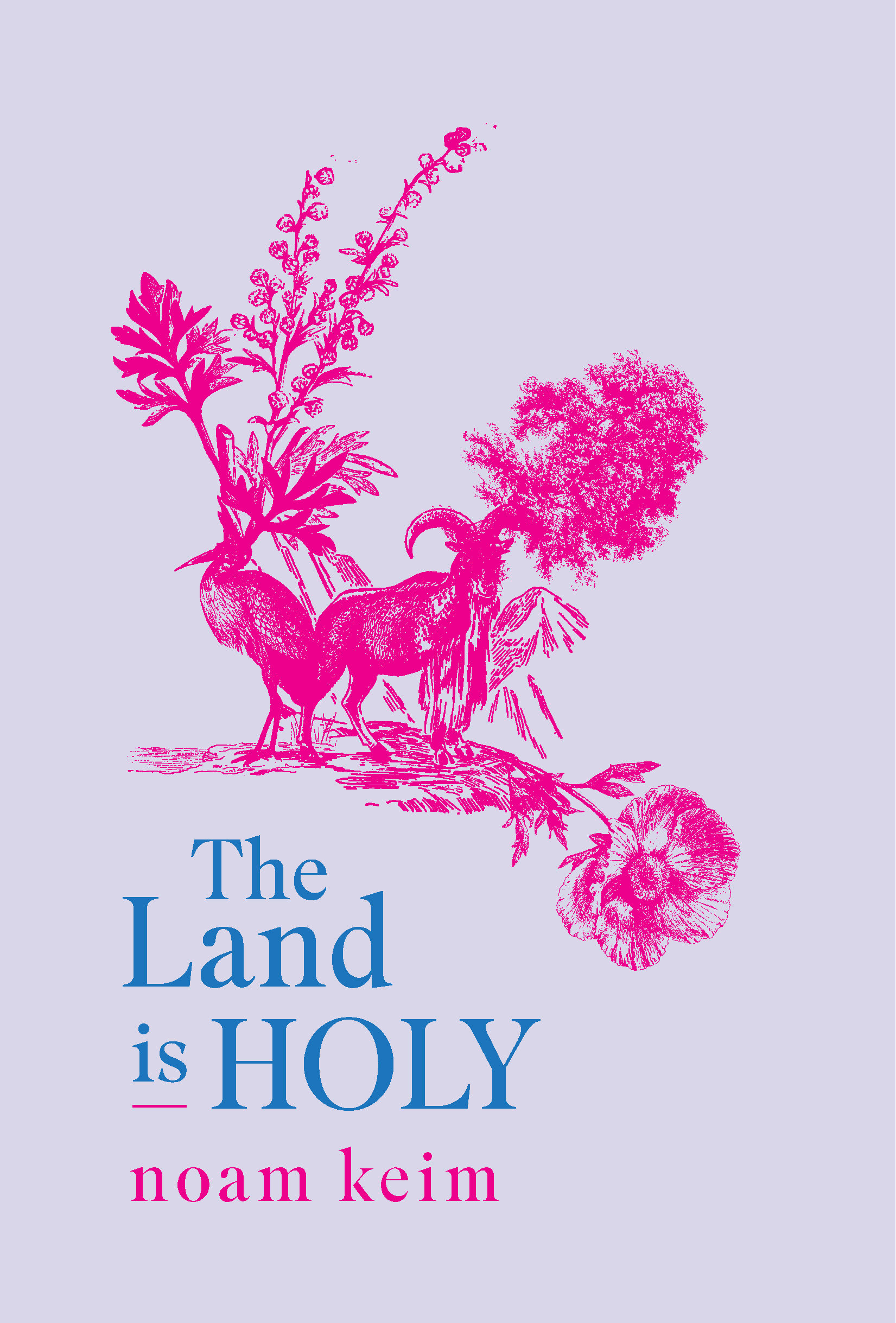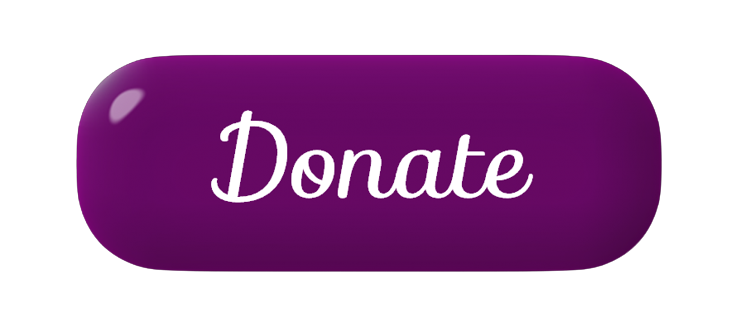Review of The Land is Holy by noam keim

The Land is Holy
noam keim
Radix Media, 2024, 180 pages
$24.95
Reviewed by Courtney Heidorn
“My blood is trying to tell me something, and in the dark of the house I am trying to listen” (15).
In The Land is Holy, noam keim crafts lyrical essays, each braided with profound metaphors containing miles of connections across generations and geography. Through stories of storks, aoudads, and linden tea, the reader witnesses a mosaic of keim’s ethnic and cultural reality. keim is a Jewish Arab born in Occupied Palestine, who spent their childhood and young adulthood in France, and finally moved to Turtle Island in their adulthood. The Land is Holy is a gift for readers searching for a home in our postcolonial world.
For keim, home sometimes means freedom and exile. Their complicated relationship with home is put into perspective with their striking natural metaphors. Like keim, the aoudad has an interesting history of migration and displacement. They write, “The aoudads have switched homes, trading their ancestral West to the West of the new world” (33). This migration and displacement is keim’s lived experience. All of keim’s geographical homes are tainted by histories of conquest and colonization, so they must find true home amidst grief. They lament, “I am grieving and I want to blame geography for my grief. If I were home, I wouldn’t feel grief anymore” (40, italics theirs). What is home, then? Geography? A feeling? People? To keim, home may be constant migration.
Birds are an important motif in The Land is Holy, but their prime function is to display the natural reality of movement and liberation. keim recounts a rare outdoor prison visit with their friend, where they see a starling fly over. At this time, they were discussing liberation (24). The collection opens with a stork flying home for spring: “They will return. Storks always find their way back home” (12). keim suggests that migration, seasonal travel towards a place that meets your needs, is liberation. Starlings and storks know when and where to fly by instinct. Their act of flying home, and keim’s act of discerning their own home, should be as natural as breathing.
keim leaves the proverbial nest of their childhood to answer the call of liberation. When she is young, keim’s mother changes her name from Hassiba to Hassida. Just one letter changes the meaning of her mother’s name to the Hebrew word for stork, “becoming the only home she would know” (16). Hassida’s chosen name is the driving theme of this collection. However, keim has not spoken to their mother since they left France. Despite this, they write: “I seem to always return to the feeling of being my mother’s child” (17). Their relationship with their mother is a place of deep love yet also hurt, requiring sacrifice and grief. Like the stork, keim always finds their way back home to their mother, albeit metaphorically.
keim discusses how important the concept of flâne is to them; it directly translates to “wander,” “stroll,” or “saunter” aimlessly. But to them, it gains a political meaning: flâne is “the holiness of the unplanned, the cycles of rebirth that come from experiencing new realities” (145). The reader must practice flâne when reading The Land is Holy. This collection of essays is meant to be wandered through. Read only a few essays at a time and savor its holy land.
Courtney Heidorn (she/they) holds a BA in English and Creative Writing from Azusa Pacific University. You can see more of their work in their chapbook, Palimpsest, from Bottlecap Press and at CURIOUS Magazine and Pearl Press.
"Empowerment comes from ideas."
― Charlene Carruthers
"Your silence will not protect you."
— Tourmaline
"Gender is the poetry each of us makes out of the language we are taught."
— Leila Raven


